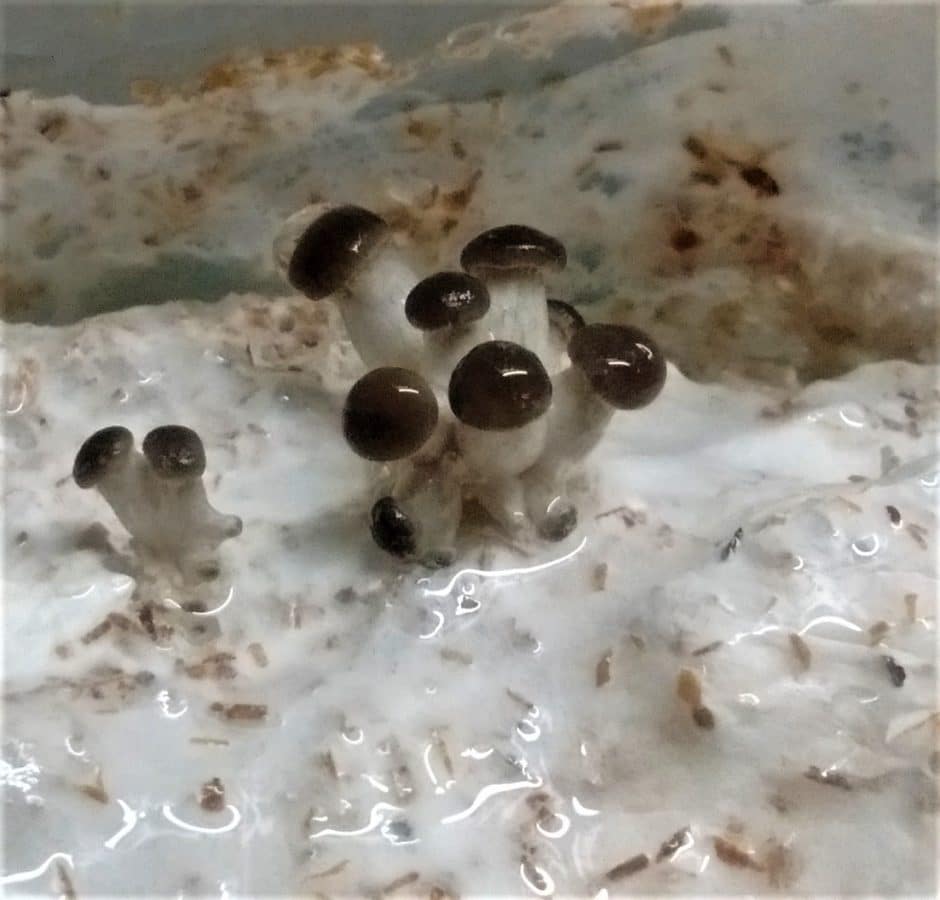
It endures even after the fruiting body has faded.įermentation using a solid substrate supports the cultivation of mycelial mass by simulating its growth in its natural environment. The mycelium serves the majority of functions in the mushroom’s life cycle, including the production of enzymes to digest nutrients in its environment, protection against competitive or damaging organisms, and generation of fruiting bodies. For this reason, mycelia are easier for people to digest. Mycelia have thin, permeable cell walls that allow enzymes to pass out and nutrients to be absorbed.

By isolating and testing each compound’s effect individually, researchers discovered that while the amounts of NGF secreted into the medium in the presence of the compounds from the mycelium were greater than those from the fruiting body, both had a noticeable impact.įrom this study, it can be inferred that the greatest NGF support occurs when compounds from both the fruiting body and mycelium are combined.The compounds were found to promote nerve growth factor (NGF) biosynthesis in the observed rodents’ cultured astrocytes (cells in the central nervous system).In a study to determine the effects of compounds found within lion’s mane, hericenones were isolated from the fruiting body, and erinacines isolated from the mycelium. The benefits of consuming lion’s mane are greatest when one consumes both parts of the mushroom, rather than one or other.

Research has shown that there are distinct compounds in the fruiting body and the mycelium. Consider lion's mane, which is known for having nutrients that support nerve health and brain function.

While the fruiting body is the most recognizable part of a mushroom, the belief that it is the only part with any value is incorrect.


 0 kommentar(er)
0 kommentar(er)
